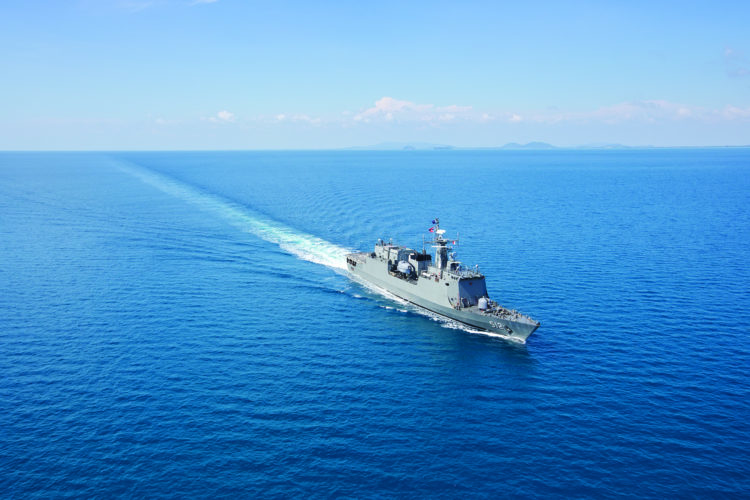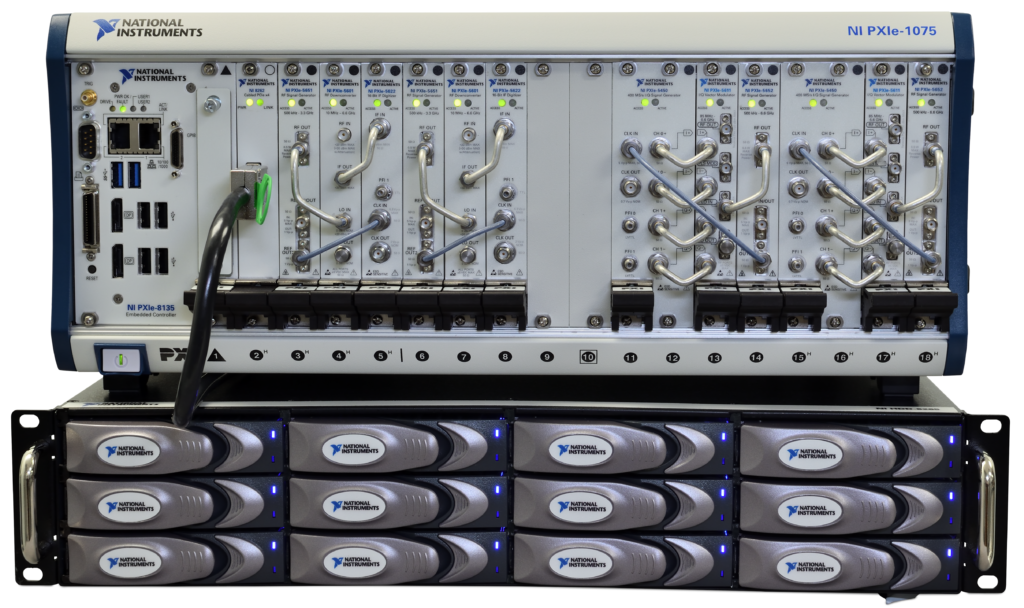
Adversarial electronic warfare efforts have become increasingly sophisticated, threatening national security.
To safeguard against GPS signal denial and spoofing, the US military created M-Code, a GPS technology using jam-resistant waveforms. In preparation for large-scale GPS signal tests on a variety of GPS user equipment from multiple vendors, the Navy was tasked with building a GNSS laboratory.
Under tight deadlines, they began searching for instrumentation that was intuitive, within budget, and capable of performing highly repeatable tests— all while being operable by their entire team of technicians for maximum productivity. Above all else, it was imperative that the Navy meet the technical standards set by the Air Force GPS Directorate.
Problem Background
The US Navy received a variety of candidate M-Code GPS receivers from defense contractors. Prior to combat deployment, the Navy searched for instrumentation to validate performance in a mission-critical environment. Historically, the GPS community had only used two platforms for M-Code testing, neither of which were a good fit for this particular Navy lab. They found that test equipment was expensive, hard to use, and limited in availability.
Some tests would directly compare the performance of GPS receivers from different manufacturers. In order for that comparison to be reliable and defensible, it was critical that the tests were performed exactly the same every time.
Key Engineering Requirements
- Instrument make and model required Air Force GPS Directorate approval.
- A Robust multi-channel synchronization capability.
- 100% repeatable across all operators and test events.
- Intuitive user interface for all team members.
- Open system architecture conducive to evaluation by outside experts.
Discovering the Solution
When they began their search for the ideal lab equipment, they were not burdened with legacy overhead or constricted by the need to use any particular platform or vendor. The Navy was determined to find a new test solution that would overcome the cost and ease of use challenges typically encountered by other labs in the GPS community.
The Navy discovered Spectrum Defender® and engaged with Spectra Lab’s engineering team. Spectra Lab listened carefully to the Navy’s requirements and provided in-depth engineering documentation for GPS Directorate review and consideration.
Navy’s M-Code Testing Lab Equipped with Spectrum Defender
Spectrum Defender Model 3836 was designed and built specifically to meet the US Navy requirement for GPS testing. This 2-channel GPS L1/L2 Record System consisted of proprietary software from Spectra Lab and NI PXI hardware.
With only a few minutes of familiarization, technicians could employ the device effectively. At less than half the cost of viable competitors, Spectrum Defender was magnitudes above the fidelity and dynamic range available in less expensive options. The Navy maximized the productivity of every member of their team with this accessible instrumentation.
With permission from the GPS Directorate to use Spectrum Defender as an authorized test platform for M-Code, the DoD indicated their intent to expand the use of Spectrum Defender across multiple development labs. Spectrum Defender is the ideal solution for GNSS record and playback.

Find your trusted GPS signal tests solution
Spectra Lab designs RF and microwave instruments for niche applications in wireless test and measurement. The GPS community trusts Spectra Lab to provide top tier instrumentation-grade equipment for mission-critical test programs. When you choose Spectrum Defender, you can be confident that your test result data is reliable and respected within the GPS community.
Spectrum Defender belongs to a new class of instrumentation compared to legacy RF instrumentation. We have an existing platform, an existing code base, that’s uniquely designed for simple adaptations and modifications. Without the risks associated with a full-custom design, we deliver an exact fit for your application.